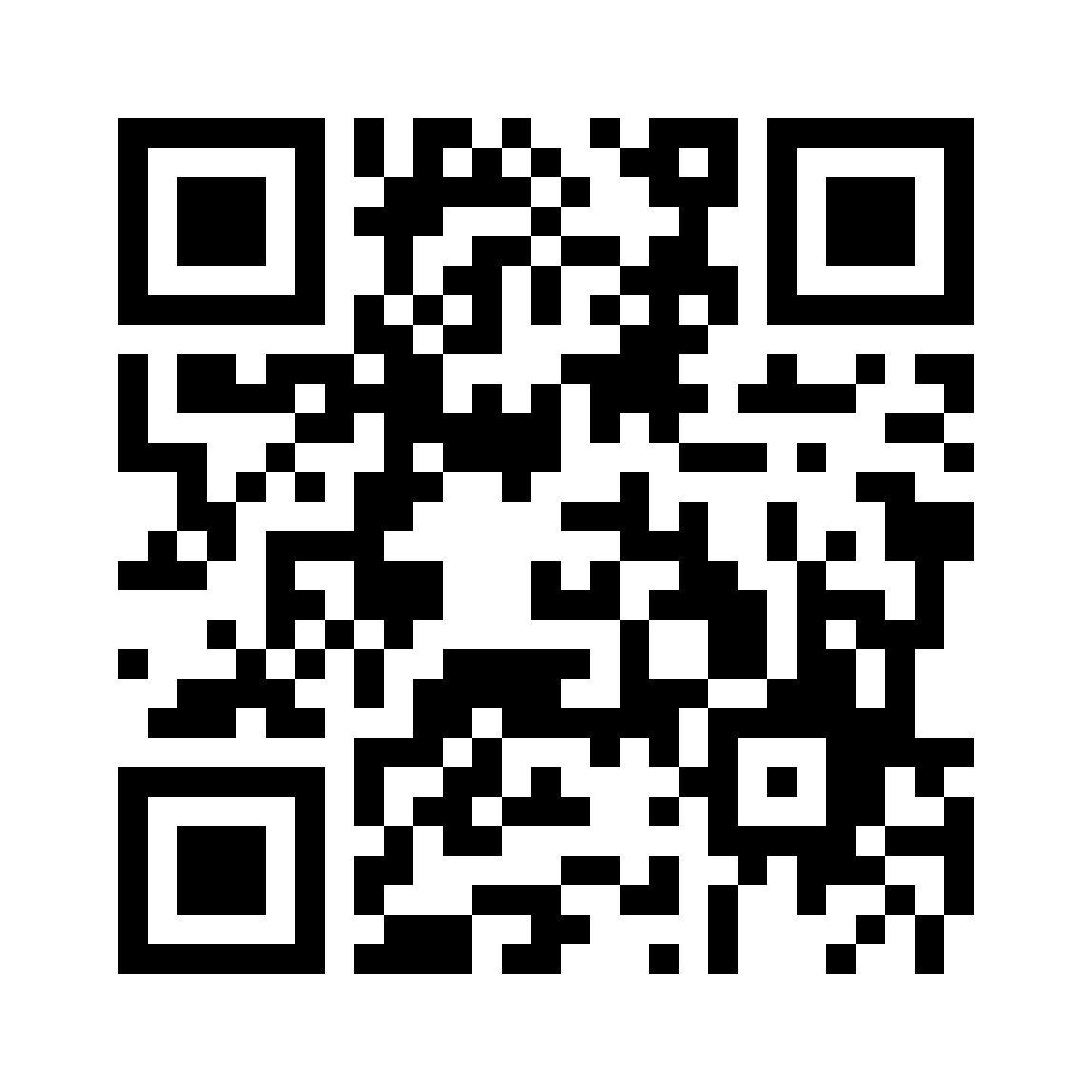By Kim Do Kyong, Director of Korean Customer Division, Pacific Group
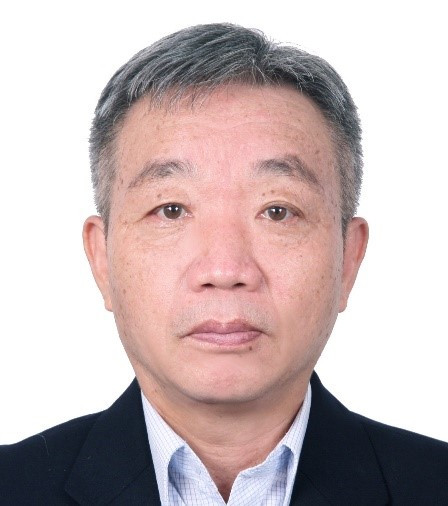
Mr. Kim Do Kyong
Proposal to establish a collaborative research network on conservation and management of the ASEAN-Korea Blue Carbon ecosystem using the GSF platform
Context and necessity:
With the growing global need to respond to climate change and sustainable environmental management, the role of marine ecosystems is increasingly receiving attention. Marine vegetation, especially blue carbon, is a key factor in absorbing and storing carbon dioxide, playing an important role in climate regulation. By promoting the BCS Project through cooperation between ASEAN countries and Korean research institutions, we can explore and implement effective strategies to conserve and manage these ecosystems.
Project objectives and specific activities:
Detailed analysis of the Blue Carbon ecosystem:
Conduct detailed surveys of the distribution and types of marine vegetation using the latest satellite and drone imaging technology.
Track changes over time to analyze trends in the blue carbon ecosystem.
Carbon storage and circulation model:
Quantify the carbon sequestration and storage capacity of marine vegetation using advanced models.
Deeper research on carbon cycle mechanisms in marine ecosystems to improve overall understanding.
Develop a strategy to conserve Blue Carbon ecosystems:
Develop region-specific conservation measures based on field data and analysis results.
Establish sustainable long-term management and monitoring strategies.
Strengthen community and policy support:
Design community education programs and workshops to increase participation and awareness.
Provide practical policy recommendations to policymakers based on research results.
Effective monitoring of protective measures:
Evaluate the effectiveness of protective measures through regular environmental monitoring and data management.
Recommend adjustments and improvements to measures based on research.
Utilize the expertise of collaborating institutions and universities:
Each participating organization contributes to different aspects of the project using its specialist expertise.
Optimize project implementation stages:
Maximize data collection efficiency through satellite and drone imagery.
Allows good monitoring of ecosystem changes through databases and mapping systems.
Predict the role and future changing scenarios of blue carbon through modeling and simulation.
Clarify expected results and impacts:
Form a comprehensive understanding of the blue carbon ecosystem in the ASEAN region through rich data and advanced analytics.
Develop practical strategies that have a direct impact on communities and policymaking.
Promote the exchange of technology and knowledge through international cooperation and establish a leadership position in technological research and development.
Sustainability and scalability of the project:
Promote ongoing research collaboration by organizing regular international seminars and workshops.
Widely disseminate joint research results and share research results through online platforms.
Role of collaborating organizations and universities:
Indonesia:
Institut Teknologi Sepuluh Nopember (ITS), Universitas Diponegoro (UNDIP), Universitas Gadjah Mada (UGM - Center for GIS and Remote Sensing): These institutions will focus on collecting and analyzing microalgae and macroalgae data, using Their expertise in the marine environment, remote sensing technology and Geographic Information Systems (GIS).
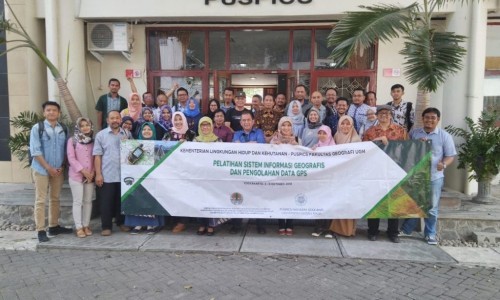
PUSPICS UGM – Center for Geographic Information Systems and Remote Sensing
ABOUT PUSPICS UGM PUSPICS was founded in 1976 as a forum for cooperation between...
Malaysia:
Universiti Sains Malaysia (USM - REDAC), University of Technology Malaysia (UTM): These Malaysian institutions will focus on developing educational programs for blue carbon projects, while conducting research and analysis. analysis of the marine environment and algae populations.
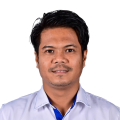
River Engineering and Urban Drainage Research Center (REDAC)
Korea:
National IT Industry Promotion Agency (NIPA), Dong-A University, Gangwon State University, Kyungwoon University, GEO C&I, Wetland and Environmental Conservation Alliance, LFO, Water Korea, Techtree Innovation, Korea Metaverse Media Association (KMMA): Korean entities will contribute to the project by collecting big data, using artificial intelligence technology, analyzing marine and land ecosystem conditions flooding, developing wetland conservation strategies and analyzing satellite images through GIS.
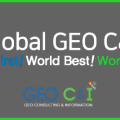
Vietnam:
Ton Duc Thang University (TDTU), NITRA, DT Group, VINABS: Vietnamese organizations will embark on research and collection of marine environmental data, focusing on the Mekong Delta region, focusing on into macroalgae and microalgae, and contribute to research, technology development and establishment of commercialization strategies.
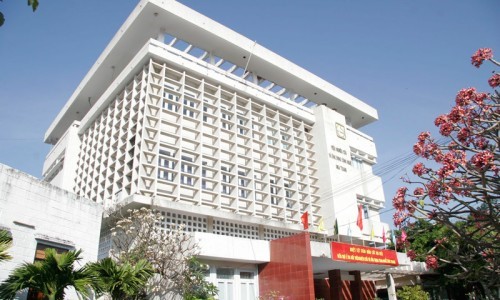
Nha Trang Institute of Technology Research and Application
Nha Trang Institute of Technology Research and Application NITRA
Proposed cooperation plan:
Data sharing and technology transfer:
Establish a unified database platform to share data and research results among participating institutions.
Conduct regular technology transfer workshops to ensure that each organization is equipped with the latest remote sensing and GIS technologies.
Joint research projects and field studies:
Organize joint expeditions to study blue carbon ecosystems that take advantage of each country's unique geographical advantages.
Collaborate on cross-border research to understand regional differences and similarities.
Capacity building and training:
Organize annual training programs or summer schools focusing on marine environmental analysis, remote sensing, GIS applications and strategic conservation planning.
Encourage staff and student exchanges between organizations to learn and share experiences.
Technological innovation and method development:
Collaborate on the development of new remote sensing methods, GIS tools and models to better understand and manage blue carbon ecosystems.
Share best practices and successful models for management and conservation strategies.
Public participation and policy advocacy:
Organize conferences and public lectures to raise awareness about the importance of blue carbon conservation.
Develop policy briefings based on collaborative research results to guide the establishment of environmental policies.
Sustainability and commercialization efforts:
Build partnerships with domestic and international environmental organizations to apply research results into practice.
Explore potential commercial applications of the research, especially in the areas of carbon credits and sustainable marine resource management.
Proposal to build a collaborative research network for conservation and management of ASEAN-Korea blue carbon ecosystems using the GSF platform
Background and needs:
As the global need to respond to climate change and sustainable environmental management grows, the role of marine ecosystems is increasingly receiving attention. Marine vegetation, especially blue carbon, is a key factor in absorbing and storing carbon dioxide, playing an important role in climate regulation. By pursuing the BCS project through collaboration between research institutions in ASEAN countries and Korea, effective strategies to conserve and manage these ecosystems can be discovered and implemented. .
Objectives and specific activities of the project:
In-depth analysis of the Blue Carbon ecosystem:
Large-scale mapping uses the latest satellite imagery and drone technology to investigate in detail the distribution and types of marine vegetation.
We analyze trends in the blue carbon ecosystem by tracking changes over time.
Modeling the carbon cycle and storage:
Quantifying carbon uptake and storage by marine vegetation using advanced models.
Deeper research on carbon cycle mechanisms in marine ecosystems to improve overall understanding.
Develop a strategy to preserve the Blue Carbon ecosystem:
We create conservation plans tailored to each region based on field data and analysis results.
Establish a long-term and sustainable monitoring and management strategy.
Strengthen community and policy support:
Design community education programs and workshops to increase participation and awareness.
Provide policymakers with practical policy recommendations based on research results.
Effective monitoring of protective measures:
The effectiveness of protective measures is assessed through regular environmental monitoring and data management.
Based on our research, we propose adjustments and improvements to the measures.
Leverage the domain expertise of partner organizations and universities:
Each participating organization contributes to different aspects of the project using specialist expertise.
Optimize project implementation stages:
Maximize data collection efficiency from satellite and drone imagery.
Databases and mapping systems allow detailed monitoring of ecosystem changes.
We predict the role of blue carbon and future changing scenarios through modeling and simulation.
Clarifying expected results and impacts:
Through rich data and advanced analytics, we build a deep understanding of the blue carbon ecosystem in the ASEAN region.
Develop practical strategies that have a direct impact on communities and policymaking.
We promote the exchange of technology and knowledge through international cooperation and establish a leadership position in technological research and development.
Sustainability and scalability of the project:
We promote ongoing research collaboration by organizing regular international seminars and conferences.
We widely disseminate joint research results and share research results through online platforms.
Role of partner organizations and universities:
Indonesia:
Indonesian University of Science and Technology (ITS), Diponegoro University (UNDIP), Gajah Mada University (UGM - Center for Remote Sensing and GIS): These institutions specialize in studying the marine environment and using remote sensing technology. reconnaissance and GIS to analyze microalgae. We will focus on collecting and analyzing data on seaweed.
Malaysia:
University of Science Malaysia (USM - REDAC) and University of Technology Malaysia (UTM): These universities develop training programs for the Blue Carbon Project, conducting research on marine environments and bird ecosystems and provide analysis results.
Korea:
Korea Information and Communications Industry Promotion Agency (NIPA), Dong-A University, Gangwon Provincial University, Kyungwoon University, GEO C&I, Wetland Environment Conservation Association, LFO, Water Korea, Techtree Innovation, Korea Metaverse Media Association (KMMA): These organizations in Korea are using massive artificial intelligence and data collection technology to analyze conditions in wetlands and ecosystems. ocean climate, developing wetland conservation strategies and contributing to projects through satellite imagery and GIS analysis.
Vietnam:
Ton Duc Thang University (TDTU), NITRA, DT Group, VINABS: Vietnamese organizations conduct marine environmental research and collect data in the field, mainly in the Mekong Delta region. This data is used in seaweed and microalgae research and contributes to the development of technology and commercialization strategies.
Proposed cooperation plan:
Data sharing and technology transfer:
Develop an integrated database platform to share data and research results among participating institutions.
We regularly organize workshops on the latest trends in remote sensing and GIS technology to strengthen our technical capabilities.
Joint research projects and field studies:
We conduct joint exploration to study the blue carbon ecosystem using each country's geographical features.
Through cooperation between countries, we compare and analyze regional characteristics and conduct joint research.
Capacity building and training:
We conduct annual training programs focusing on marine environmental analysis, remote sensing, use of GIS and conservation strategy development.
Learn from each other and share experiences through staff and student exchange programs between schools.
Technological innovation and method development:
Together we develop new remote sensing techniques, tools and GIS models needed to understand and manage blue carbon ecosystems.
Share best practices and successful models of conservation and management strategies.
Public participation and policy advocacy:
We organize conferences and public lectures to promote the importance of blue carbon conservation.
Based on the results of collaborative research, we develop policy briefs that can be used as reference in establishing environmental policies.
Sustainability and commercialization efforts:
We build partnerships with domestic and international environmental organizations to turn research results into practical applications.
Based on our findings, we explore commercial opportunities for carbon credits and sustainable marine resource management.


